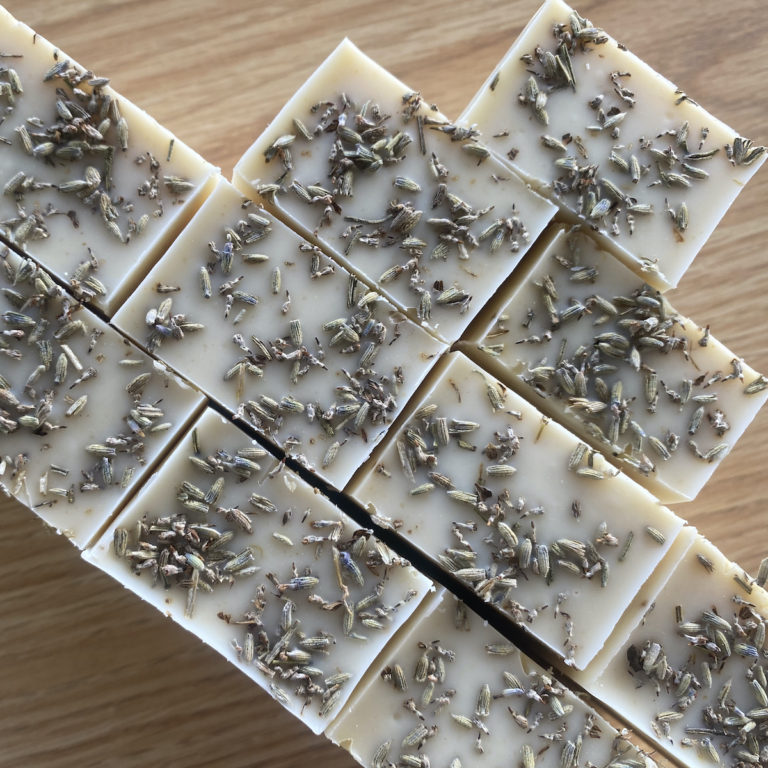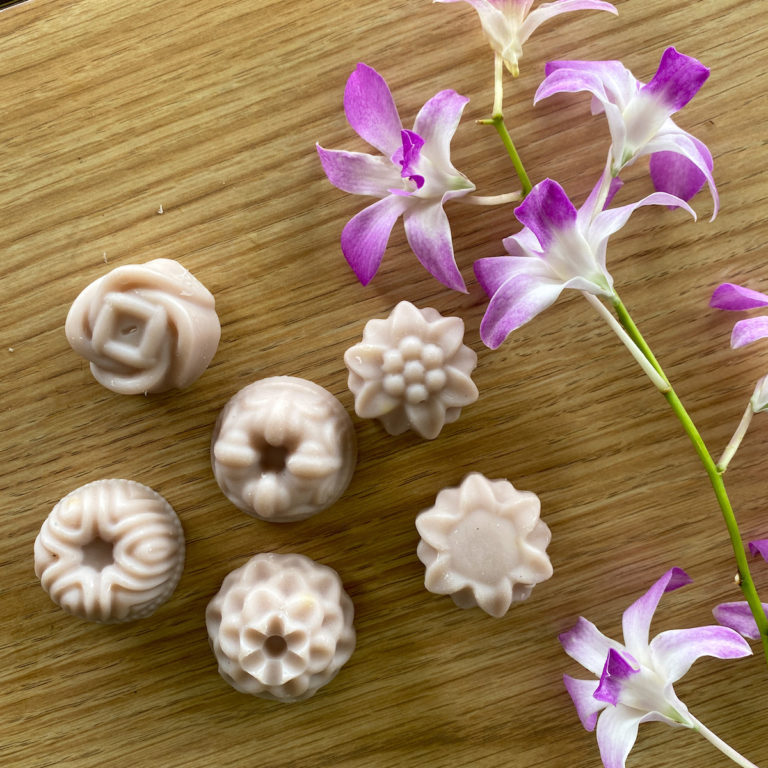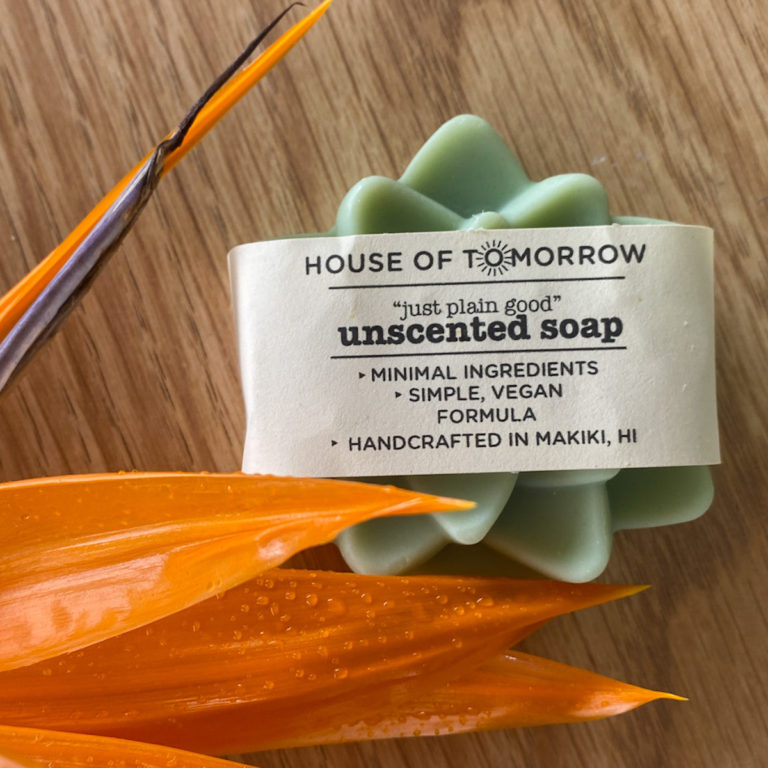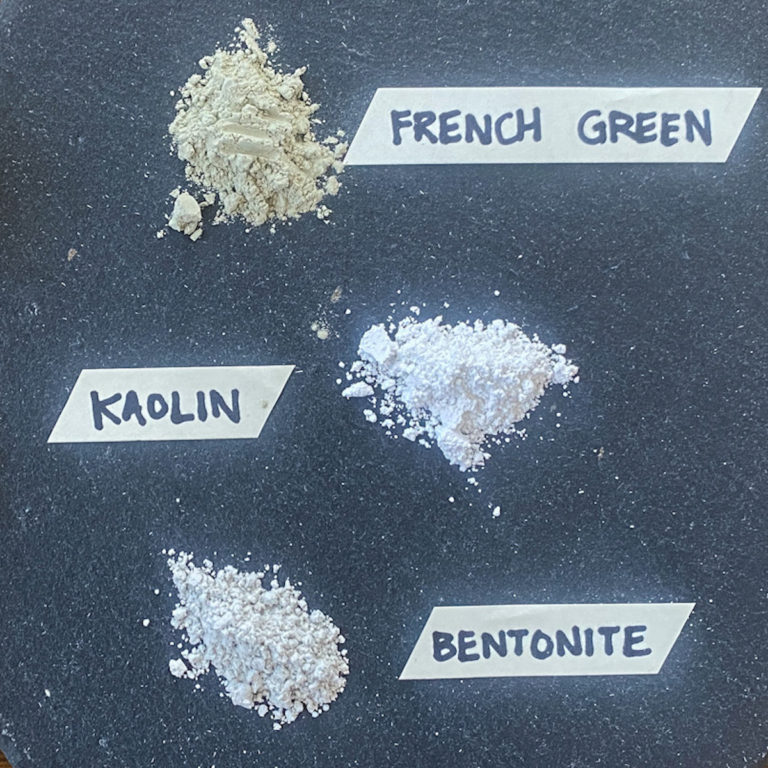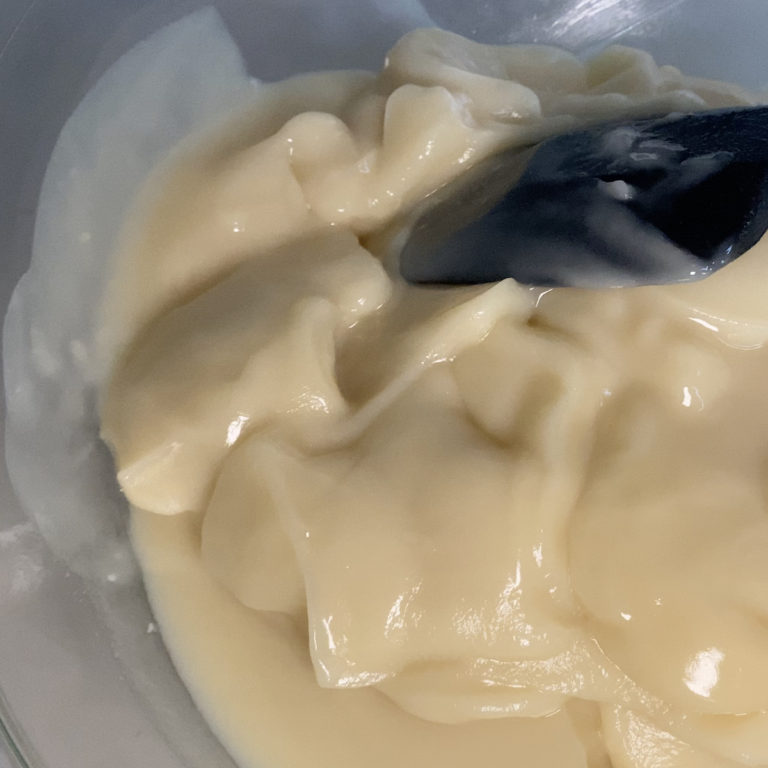How to Make Soleseife Soap
If you’re interested in learning how to make soleseife soap, stop, go back to square one, and make a basic soap recipe first. I believe you’ll enjoy your learning experience a lot more if you have some basic soap making skills and experience under your belt before attempting this slightly more advanced technique. If you try to make soleseife soap right off the bat without having made at least a few batches before, you’ll probably end up frustrated and swearing, wishing you had just bought your damn soap from the store.
Soleseife has German roots, as you may have guessed by its name. Salt water (brine) takes the place of what is normally distilled water in a soap recipe. Many love soleseife for the speed at which it hardens a bar of soap. It’s typically easier and quicker to unmold than other soaps. It doesn’t make the bar any harder than it would normally be after a full cure, but it helps it firm up faster. And with the right mix of base oils, it results in a beautiful and creamy lather. And if you don’t add any colorants to it, it’s usually a beautiful, bright white color.
Unlike straight up salt soap, soleseife is smooth, not exfoliating or scratchy. It’s also not quite as hard as hard as salt soap. This, along with the fact that there are no solid granules to drag through the soap, makes it easier to cut than salt soap. Yet it still provides much of the benefits a salt soap provides for the skin through its mineral content, absorptive properties, and bacteria killing properties.
HOW TO MAKE SOLESEIFE SOAP

Much of the process is the same as making regular soap. The difference is in your lye solution. When making soleseife, you use one of these three options
- add salt to your distilled water before adding lye
- make your lye solution and add salt to it
- collect sea water (from the cleanest beaches you have access to) and use that in place of distilled water
Before diving deeper into these methods, lets discuss salt concentrations.
HOW MUCH SALT TO USE IN YOUR SOLESEIFE?
You have some freedom of choice here. Choose what will work best for your purposes.
Salt at 3.5% concentration of the sea water solution is roughly equivalent to the concentration of salt in the ocean.
The max amount of salt in your sea water concentration should be 25%.
I like to go with the lower end of the spectrum and here’s why:
- More salt makes for a more brittle bar. I’ve had the corners of soap bars chip on me during unmolding, which didn’t make me very happy.
- Some say bars with high concentrations of salt don’t last as long, because salt dissolves in water
- If I’m using a bar of soap to wash my hair (which I used to do exclusively at one point) large amounts of salt in the bar would make my hair feel sticky.
- Salt inhibits lather, which is not a problem (or even noticeable) at low concentrations, but does affect the enjoyment and experience of using soap at higher concentrations in my opinion
METHOD 1: ADD SALT TO YOUR DISTILLED WATER BEFORE ADDING LYE
Choose a good quality sea salt and measure out your ingredients.
Add your salt to your distilled water and mix together well. Next, carefully mix the lye into your sea water solution. Strain before using in your soap recipe.
Proceed with your soapmaking process like normal.
METHOD 2: MAKE YOUR LYE SOLUTION & ADD SALT TO IT
This is a lot like the method above, but just working in a different order.
You’ll start by again, choosing a good quality sea salt and measure out your ingredients.
Add the lye to your distilled water and mix well. Next, add your sea salt into the lye solution and mix until thoroughly dissolved. Strain before using in your soap recipe.
METHOD 3: MAKE SOLESEIFE WITH SEA WATER
You’ll want to collect sea water from the cleanest beaches you have access to. Think of a beach where the water is moving, not stagnant.
And now is not the time to follow the crowd. The crowd is sweaty, greasy, perfumed, and they come equipped with tiny feces particles.
Collect enough sea water to replace the distilled soap in your recipe. Use a container that can seal tightly. Thank the ocean for providing for you.
Take it home and keep it refrigerated until you’re ready to make soap.
Measure out an amount equal to the distilled water in your recipe. Add your lye to the sea water and mix well until dissolved. Strain before using in your soap recipe.
DIFFERENCES YOU’LL NOTICE WHEN USING BRINE IN YOUR SOAP
In each of these methods, you’ll find that your sea water lye solution is cloudy. This is normal, and a result of salt being in the solution. This is normal, and chances are its nothing to worry about.
You’ll also notice that your soap batter traces faster, especially at higher concentrations of salt. Prepare to work quickly in case it thickens up on you, which is especially noticeable when using higher amounts of coconut oil.
UNMOLDING, CURING & USING SOLESEIFE SOAP
About 24 hours in the mold is typical for brine soap. Don’t wait too long to cut your bars – remember they harden up quicker than your normal recipe.
Cure for the standard 4-6 weeks for the best results.
As usual, when using, keep your bar of soap out of water puddles and allow for as much air circulation as possible. Remember that water dissolves salt!
There you go, now you know how to make soleseife soap to create beautiful, hard bars of soap with all the benefits that salt provides to skin. Enjoy!

